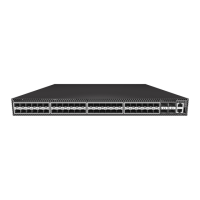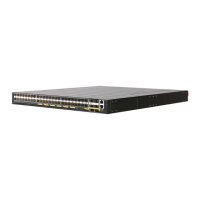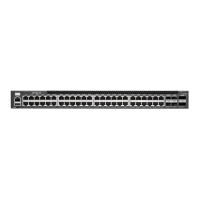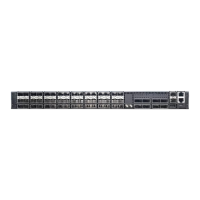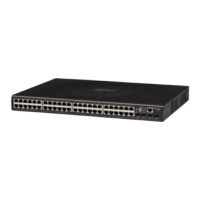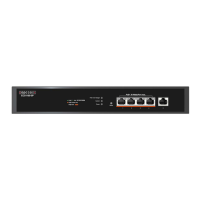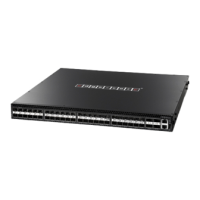Chapter 20
| Quality of Service Commands
– 529 –
◆ One or more class maps can be assigned to a policy map (page 531). The policy
map is then bound by a service policy to an interface (page 541). A service
policy defines packet classification, service tagging, and bandwidth policing.
Once a policy map has been bound to an interface, no additional class maps
may be added to the policy map, nor any changes made to the assigned class
maps with the match or set commands.
Example
This example creates a class map call “rd-class,” and sets it to match packets marked
for DSCP service value 3:
Console(config)#class-map rd-class match-any
Console(config-cmap)#match ip dscp 3
Console(config-cmap)#
Related Commands
show class-map (541)
description This command specifies the description of a class map or policy map.
Syntax
description string
string - Description of the class map or policy map. (Range: 1-64 characters)
Command Mode
Class Map Configuration
Policy Map Configuration
Example
Console(config)#class-map rd-class#1
Console(config-cmap)#description matches packets marked for DSCP service
value 3
Console(config-cmap)#
match This command defines the criteria used to classify traffic. Use the no form to delete
the matching criteria.
Syntax
[no] match {access-list acl-name | cos cos | ip dscp dscp |
ip precedence ip-precedence | vlan vlan}
acl-name - Name of the access control list. Any type of ACL can be specified,
including standard or extended IP ACLs and MAC ACLs.
(Range: 1-16 characters)

